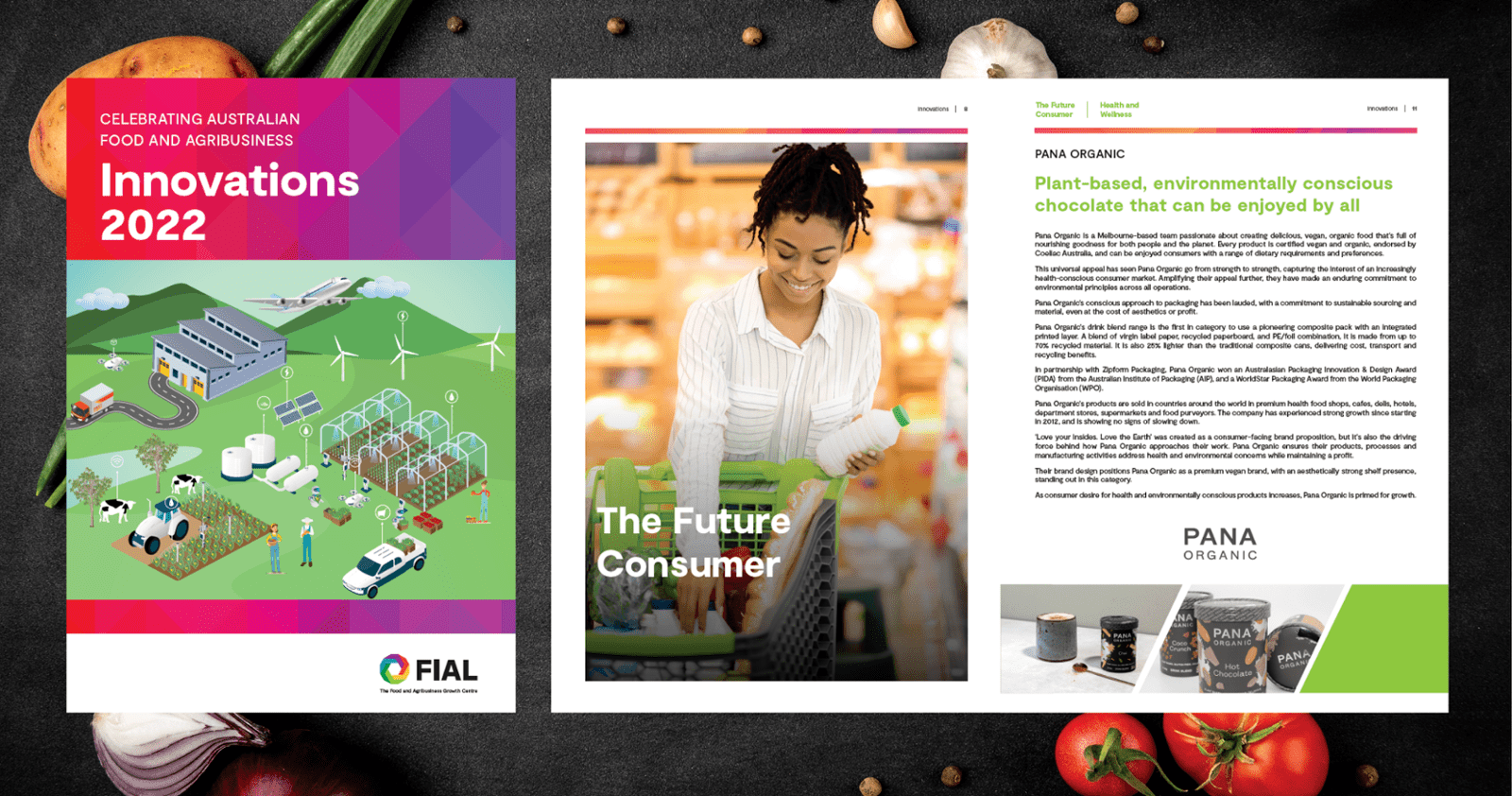Using innovative food product reformulation and design (e.g. reduced fat and sugar; functional foods; and fortified food) to support growing numbers of consumers seeking ‘healthier’ foods or foods targeting specific health outcomes.
The Happy Snack Company® (THSC) make healthy snacks from chickpeas and fava beans. Free from gluten, nuts, dairy, and eggs, nutritionally dense and sustainably grown, its products meet the consumer need for healthy, guilt- free, ethical snacking.
It has achieved extraordinary growth in less than 10 years. Turnover is increasing 40 per cent year-on-year, and employment has increased five-fold. It exports to the United Kingdom, sells nationwide in Coles, Woolworths and IGA, and has a partnership with a global weight management business.
In-depth analysis of the market and consumer insight research has driven every decision the company has made – what to make, how to make it, the right manufacturing equipment to buy, and the correct brand identity and packaging. By fully understanding the consumer’s desires early on, and by investing in qualitative and quantitative research, it was confident it had a product that would sell well.
Specialist chocolate-processing expertise such as conching and panning the allergen-free and dairy-free chocolate was not accessible in Australia. With FIAL’s help, it brought R&D capability into the business from Italy, the home of confectionery manufacturing. This informed the right investment in advanced manufacturing technologies and processes, streamlining production on the factory floor and taking 150 metres of process movements away.
THSC committed significant resources to expanding its existing manufacturing facility to manufacture the chocolate-coated chickpea in volumes necessary to supply Coles and Woolworths, and begin export market trials.



